Preparing students for their summer jobs as multi-platform editors
By Bradley Wilson
CMR Managing Editor
Twenty-one years ago, a senior lecturer at the University of Texas, Griff Singer, recognized a need, a need to train copy editors. Together with Rich Holden, then executive director of the Dow Jones News Fund, they created the Center for Editing Excellence to train interns. They all received two weeks of training before they set foot at media outlets such as Newsday, the Houston Chronicle, the Beaumont Enterprise, Stars and Stripes, the Dallas Morning News or, as the profession has evolved, worked in copy editing centers such as Gatehouse’s Center for News & Design, or for online media such as Buzzfeed.
Over time, they’ve continued to focus on the different levels of editing:
- LEVEL 1 — law, ethics, appropriate sources, different angles; edit upon conceptualization
- LEVEL 2 — organization, design, enough reporting; edit with drafts and rewriting
- LEVEL 3 — grammar, spelling, punctuation, style; edit at the last minute
In the last few years, the students have added to their skills in headline writing, trimming news briefs and designing pages and learn more about embedding video and best practices for Twitter. While now the training is only 10 days, it is just as grueling. Students, mostly college juniors and seniors, spend their last three days producing a six-page newspaper, a website and social media in real time with real publication deadlines — the Southwest Journalist.
The training center at the UT-Austin is one of six centers, two focusing on editing and preparing interns for their summer jobs as multi-platform editors. The other four, now led by Linda Shockey, managing director of the Dow Jones News Fund, focus on business reporting, data journalism or digital media.
Before they left each of the interns in Austin offered some advice for other copy editors. Here is their advice. Continue reading “Interns offer advice for copy editors”
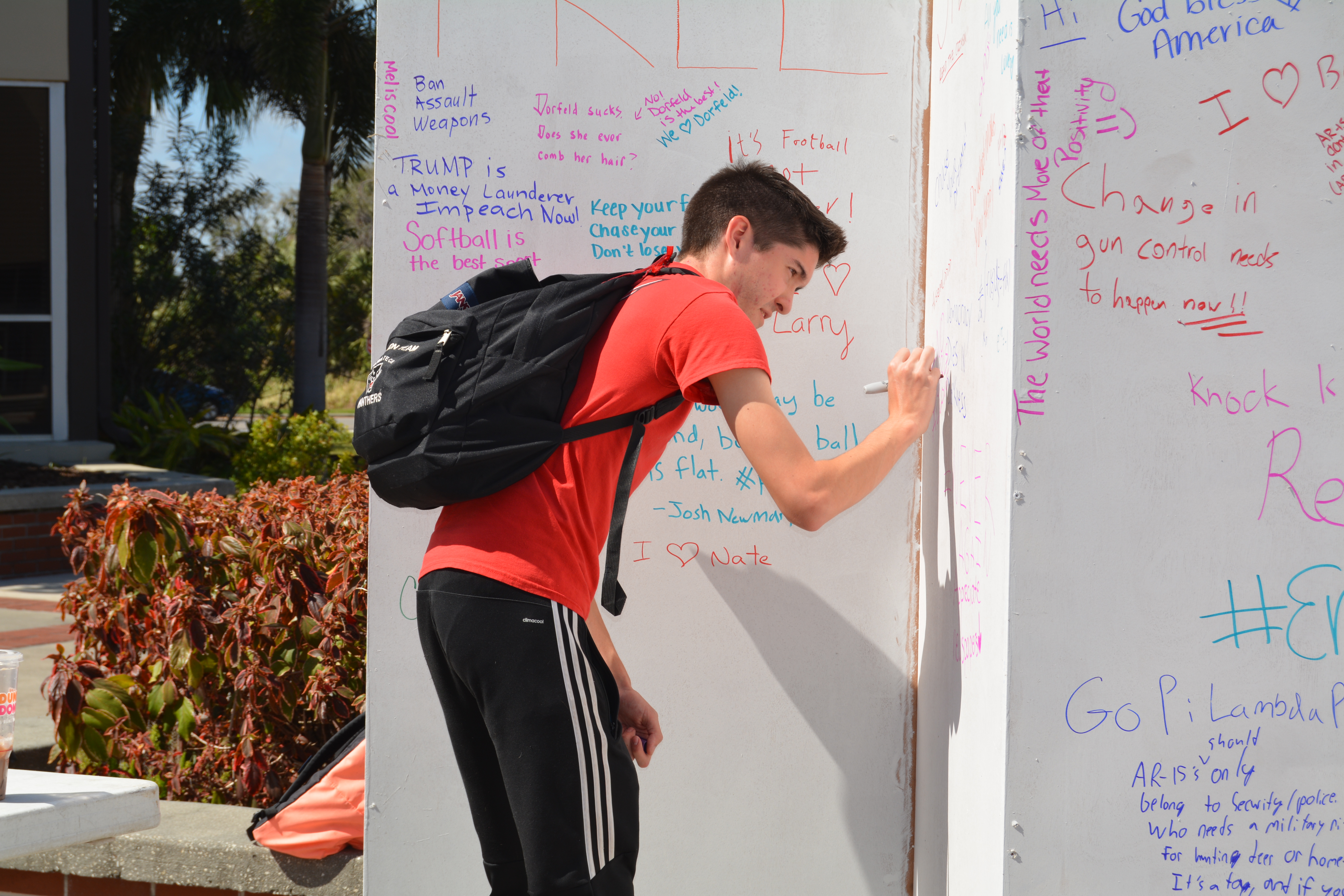
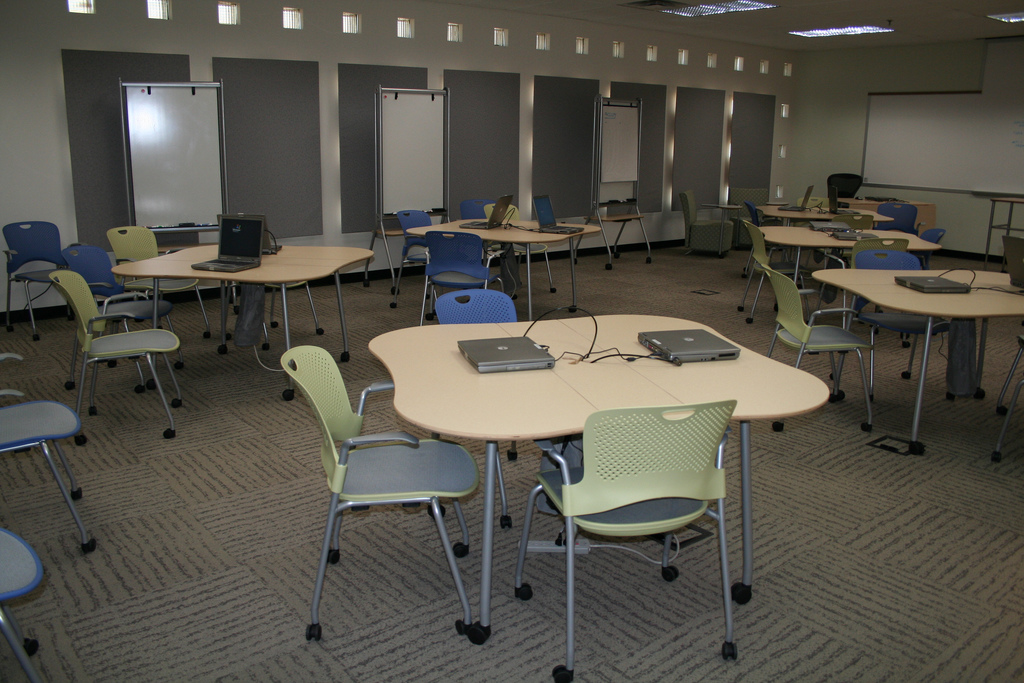 The Five Ws of College Media Training
The Five Ws of College Media Training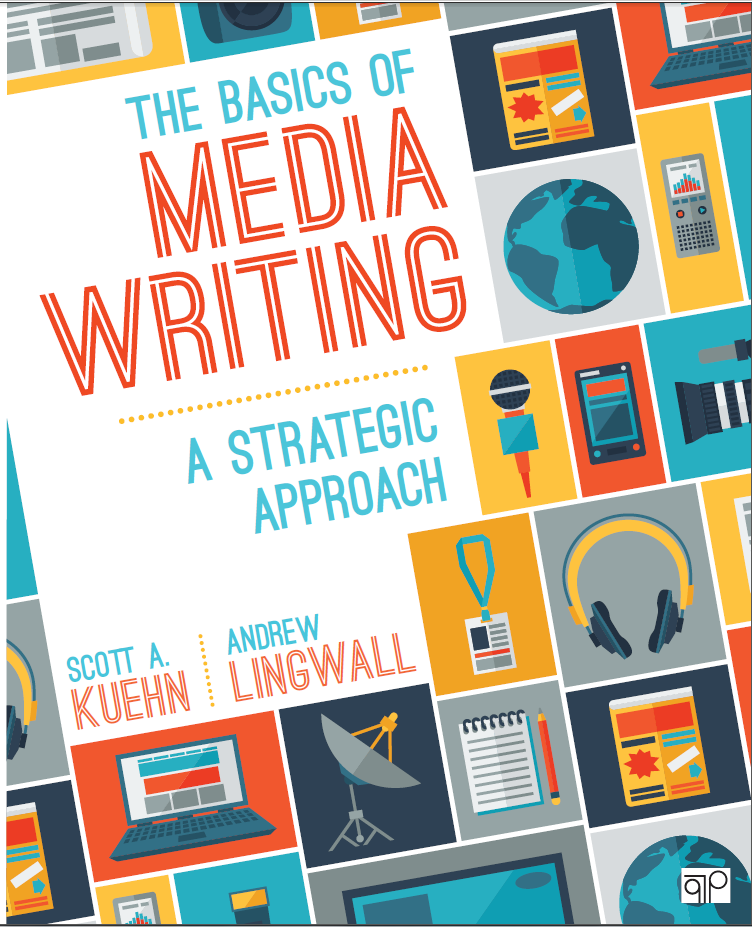

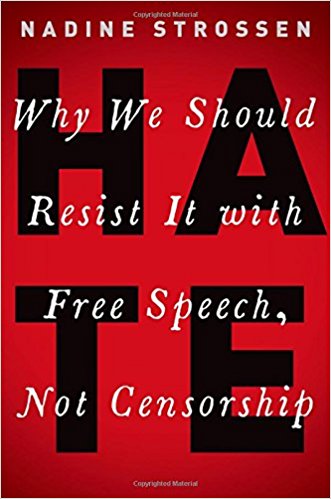 These are perilous times for free speech on college campuses. So many invited speakers are being “uninvited” because of their disfavored views that the Foundation for Individual Rights in Education (FIRE) maintains a database of “Disinvitation Attempts.” Students have faced expulsion and faculty members have faced punishment, including dismissal, for talks, online posts, or otherwise expressing disfavored views. College newspapers have been forced to apologize for stories or advertisements labeled as offensive “hate speech.” Some have experienced the theft of newspapers from their racks. And college media advisers are increasingly fearful for their own jobs and the very existence of their media outlets due to their publication of content that might be perceived as unpopular or unwelcome.
These are perilous times for free speech on college campuses. So many invited speakers are being “uninvited” because of their disfavored views that the Foundation for Individual Rights in Education (FIRE) maintains a database of “Disinvitation Attempts.” Students have faced expulsion and faculty members have faced punishment, including dismissal, for talks, online posts, or otherwise expressing disfavored views. College newspapers have been forced to apologize for stories or advertisements labeled as offensive “hate speech.” Some have experienced the theft of newspapers from their racks. And college media advisers are increasingly fearful for their own jobs and the very existence of their media outlets due to their publication of content that might be perceived as unpopular or unwelcome.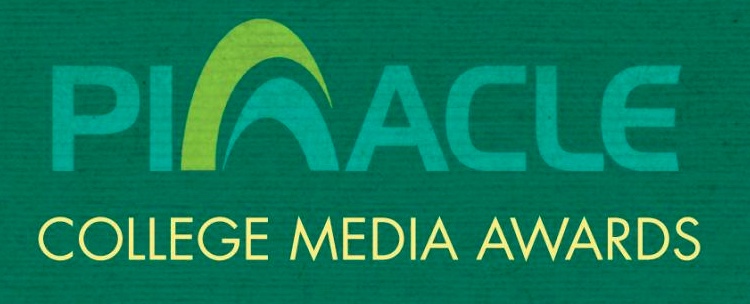
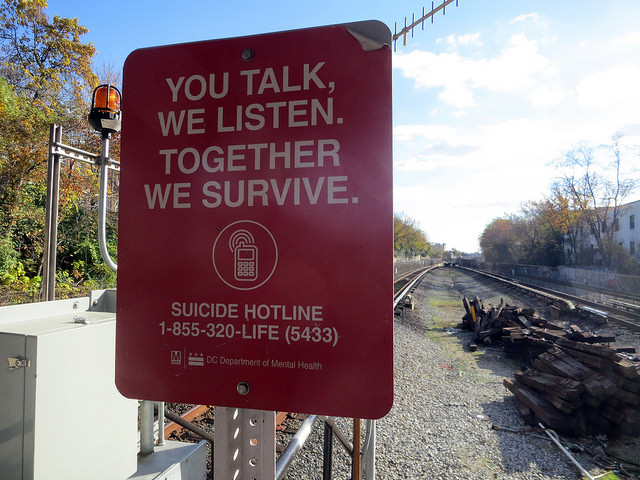 What we found on the part of both student journalists and some advisers was confusion over how to walk the line between factual news coverage and fears of being perceived as insensitive or sensational. Some of this was the result of pressure, direct and indirect, from university administrators concerned about liability and public perception. Some was confusion over how to think about and cover death, especially of a peer.
What we found on the part of both student journalists and some advisers was confusion over how to walk the line between factual news coverage and fears of being perceived as insensitive or sensational. Some of this was the result of pressure, direct and indirect, from university administrators concerned about liability and public perception. Some was confusion over how to think about and cover death, especially of a peer.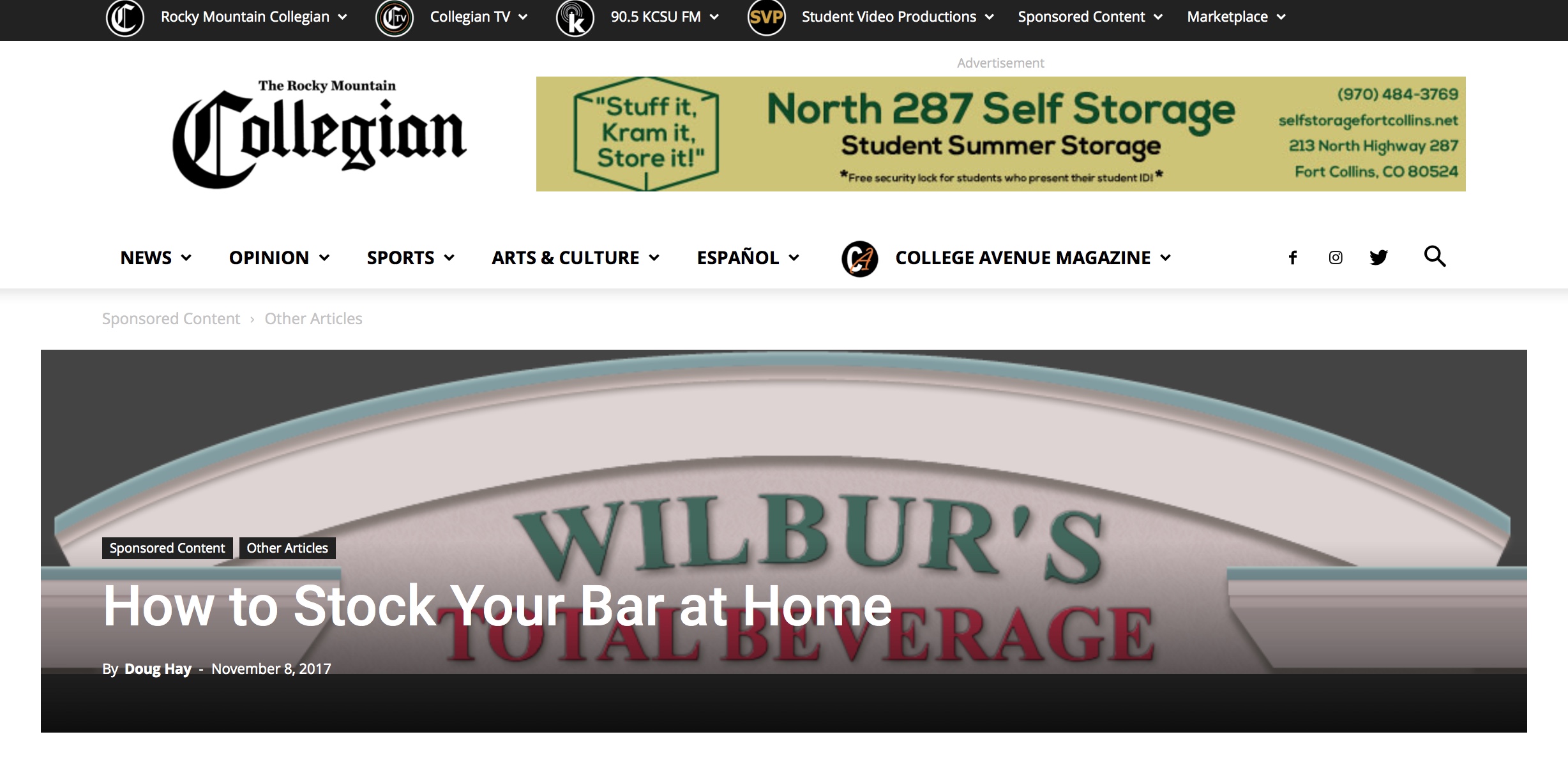
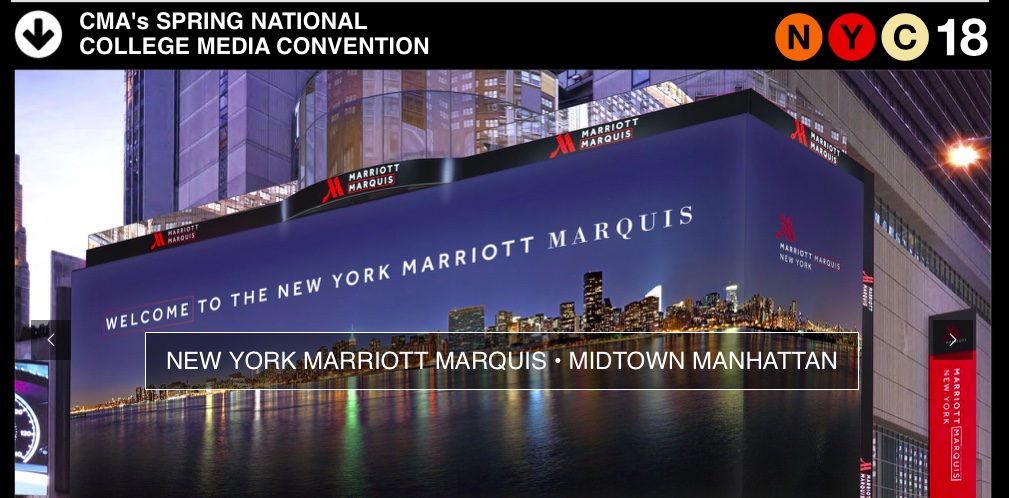 CMA’s spring national convention in New York was my first as a board member. I’ve seen evaluations for other collegiate media conventions and have been on planning committees, but I still was surprised how often location played into the feedback we received about #CMANYC18.
CMA’s spring national convention in New York was my first as a board member. I’ve seen evaluations for other collegiate media conventions and have been on planning committees, but I still was surprised how often location played into the feedback we received about #CMANYC18.